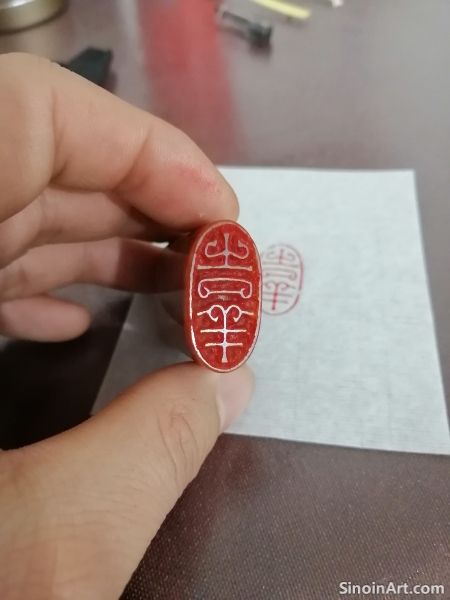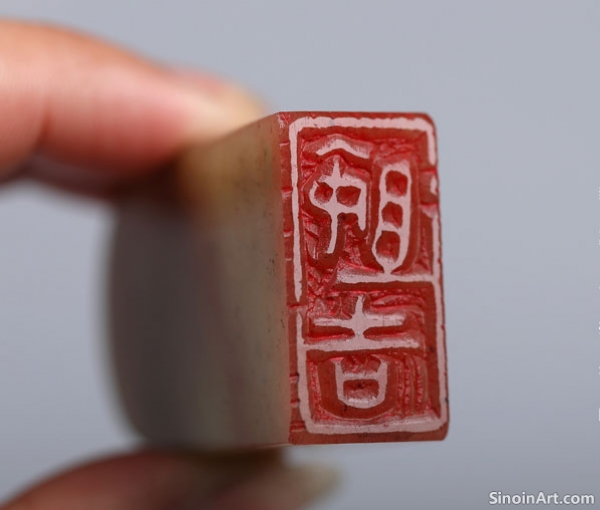The Historical Evolution of Studio Seals: From Early Beginnings to Modern Use
|
The history of studio seals is intertwined with the broader history of Chinese seal carving, though the studio seal as a distinct type developed more gradually. The emergence of the studio seal mirrors the growing importance of personal spaces for creativity and scholarship. Tracing this development provides an understanding of the cultural context of this unique art form.  Early forms of studio seals can be traced back to the Han Dynasty, where seals were increasingly used to mark ownership. The seals began to take on symbolic meanings of both power and prestige, which later became incorporated into the designs of studio seals. The use of seals to mark ownership started early in Chinese history.  During the Tang and Song dynasties, as the concept of personal studios and literary gatherings gained popularity, studio seals began to take on a more distinct identity. The designs became more elaborate, with inscriptions that reflected the owner’s personal tastes and intellectual interests. The seals began to take on meanings beyond mere ownership, and were used to express artistic and intellectual ideals.  The Ming and Qing dynasties saw a significant flourishing of studio seal carving, with master seal carvers creating works of exceptional beauty and complexity. Studio seals were not only functional tools but also valued pieces of art. The seals became important status symbols, as well as works of art. In the modern era, the tradition of studio seal carving continues to be practiced and appreciated. Contemporary artists draw inspiration from the past while also experimenting with new materials, techniques, and designs, ensuring the continued vitality of this ancient art form. The traditions have continued to evolve, but the core concepts and practices are still vital to the art form. The historical evolution of studio seals is a testament to the enduring value placed on intellectual pursuits and artistic expression in Chinese culture. From their early origins to their contemporary use, studio seals continue to embody the unique spirit of their owners and the spaces they represent. They continue to be a symbol of both ownership and of artistic and scholarly ideals. |
Tag : History of Studio Seals, Evolution of Zhaiguan Seals, Ancient Studio Seals, Modern Seal Art, Seal Timeline
Related information
- The Significance of Red: The Vermilion Ink in Seal Impressions
- Materials for Collector's Seals: Reflecting Status and Artistic Value
- The Symbolism in Seals: Decoding Meaning Through Design
- Characters and Inscriptions on Collector's Seals
- Contemporary Studio Seal Carving: Blending Tradition and Innovation
This article explores the significance of the color red, specifically vermilion ink, in Chinese seal carving, highlighting its symbolism of prosperity, authority, and personal identity.
This article explores the various materials used in the creation of collector's seals, discussing how they reflect the collector's status, aesthetic preferences, and their approach to art collecting.
This article explores the symbolism within Chinese seal carving, focusing on the meaning of characters, imagery, composition, color, materials, and how they contribute to the artwork's message.
The characters and inscriptions on collector's seals often provide valuable information about the collector, their interests, and their relationship to the artwork or object being marked. The text included on the seals often conveys important information about the collector’s personality and preferences.
This article discusses the current state of studio seal carving, exploring how contemporary artists are both preserving traditional techniques and innovating with new approaches, reflecting a vibrant mix of styles.